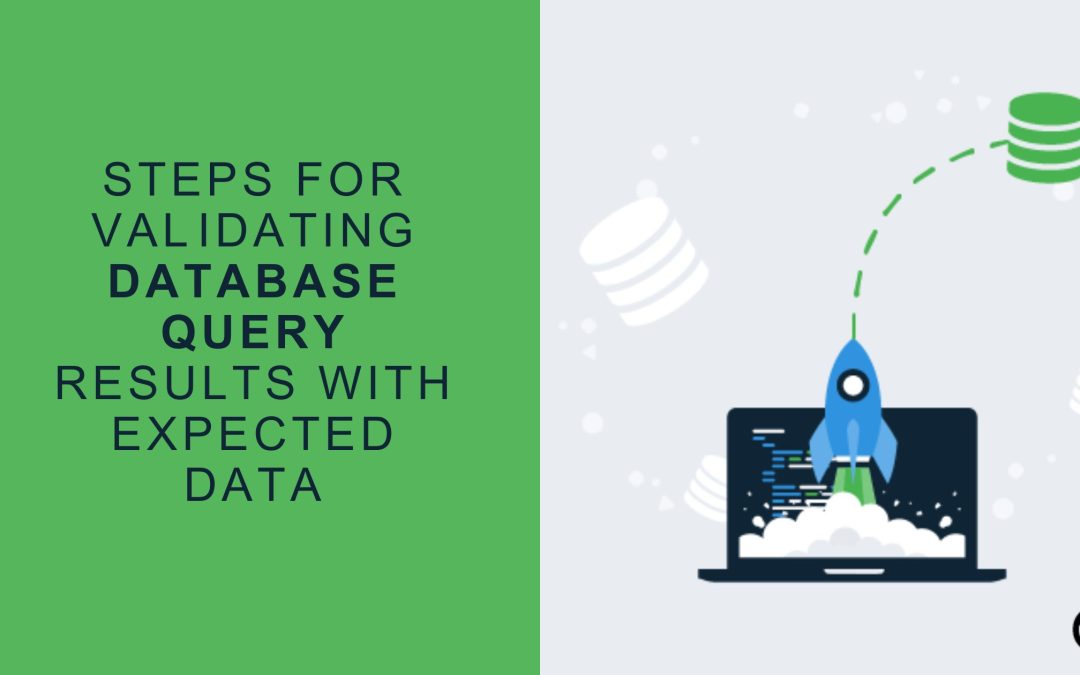Validating the results of a database query with expected data is a crucial aspect of database testing to ensure that your application functions correctly. Here are the steps to validate database query results:
1. Write the Database Query:
Begin by writing the SQL query that retrieves the data you want to validate from the database. Ensure that the query is correctly formatted and targets the specific data you need.
2. Prepare the Expected Data:
Define what the expected data should look like based on your query. This involves knowing the structure of the expected result set, including the columns and data types.
3. Execute the Query:
Run the database query against the database system, either manually through a database management tool or programmatically in your testing code.
4. Retrieve the Query Results:
Fetch the results returned by the query. Depending on your programming language and database library, this might involve parsing the query result into a data structure (e.g., a list or a dictionary).
5. Compare Actual vs. Expected Data:
Perform a comparison between the actual query results and the expected data. You can use conditional statements or assertion libraries to automate this process.
Example in Python using the Unittest framework:

6. Handle Variability:
Be aware that certain factors may introduce variability into your data, such as timestamps or auto-incremented primary keys. Consider ignoring or handling these variations in your validation process if they are not critical to the test.
7. Logging and Reporting:
Implement logging and reporting mechanisms to capture the results of the validation process. This helps in diagnosing issues and tracking the history of test runs.
8. Test Data Setup and Cleanup:
Ensure that your database is in a consistent state before running the test. This might involve setting up a known initial state and cleaning up any test data or changes made during testing.
9. Repeat for Various Scenarios:
Repeat the process for different query scenarios, covering various aspects of your database interactions, including CRUD operations, joins, and aggregate functions.
10. Automate as Part of Testing Suite:
Incorporate database query validation into your automated testing suite to ensure that it’s executed regularly and consistently as part of your testing pipeline.
By following these steps, you can effectively validate the results of a database query against expected data, helping to identify any discrepancies or issues in your database interactions. This is essential for maintaining data integrity and the reliability of your application.





Recent Comments